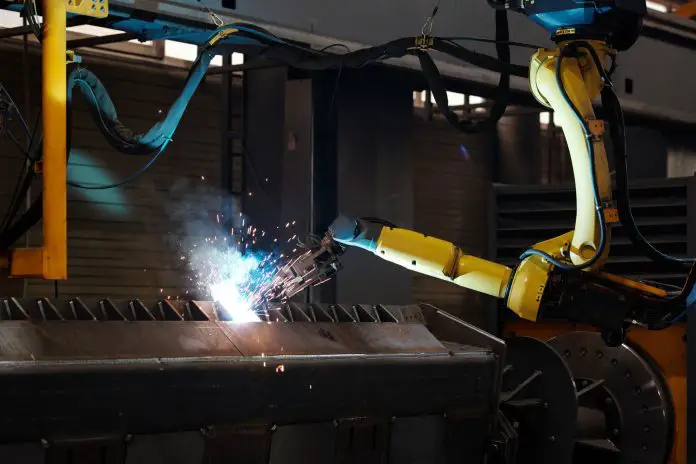Key Takeaways

- Certifications are Essential: Obtain welding certifications like AWS or ASME to validate your skills and improve credibility in the market.
- Develop a Comprehensive Business Plan: Outline your services, target market, financial projections, and marketing strategies to guide operations and attract investors.
- Set Up a Safe Workspace: Select an appropriate work location with adequate safety measures, and invest in essential welding equipment and safety gear.
- Effective Marketing is Key: Utilize online platforms, social media, and networking to promote your services and enhance visibility in the competitive welding industry.
- Focus on Customer Satisfaction: Deliver quality work and build strong customer relationships to encourage repeat business and referrals, essential for growth.
- Manage Finances Wisely: Establish a reliable accounting system to track cash flow and expenses, ensuring financial health and sustainability in your welding business.
Starting a welding business can be an exciting venture that combines creativity with technical skill. Whether you’re a seasoned welder or just starting out, the demand for skilled welders is on the rise, offering a wealth of opportunities. With the right approach and a solid plan, you can turn your passion for welding into a thriving enterprise.
In this guide, you’ll discover essential steps to launch your welding business successfully. From understanding the necessary certifications to setting up your workspace and marketing your services, each aspect plays a crucial role in building a strong foundation. Get ready to forge your path in the welding industry and turn your dreams into reality.
How To Start A Welding Business
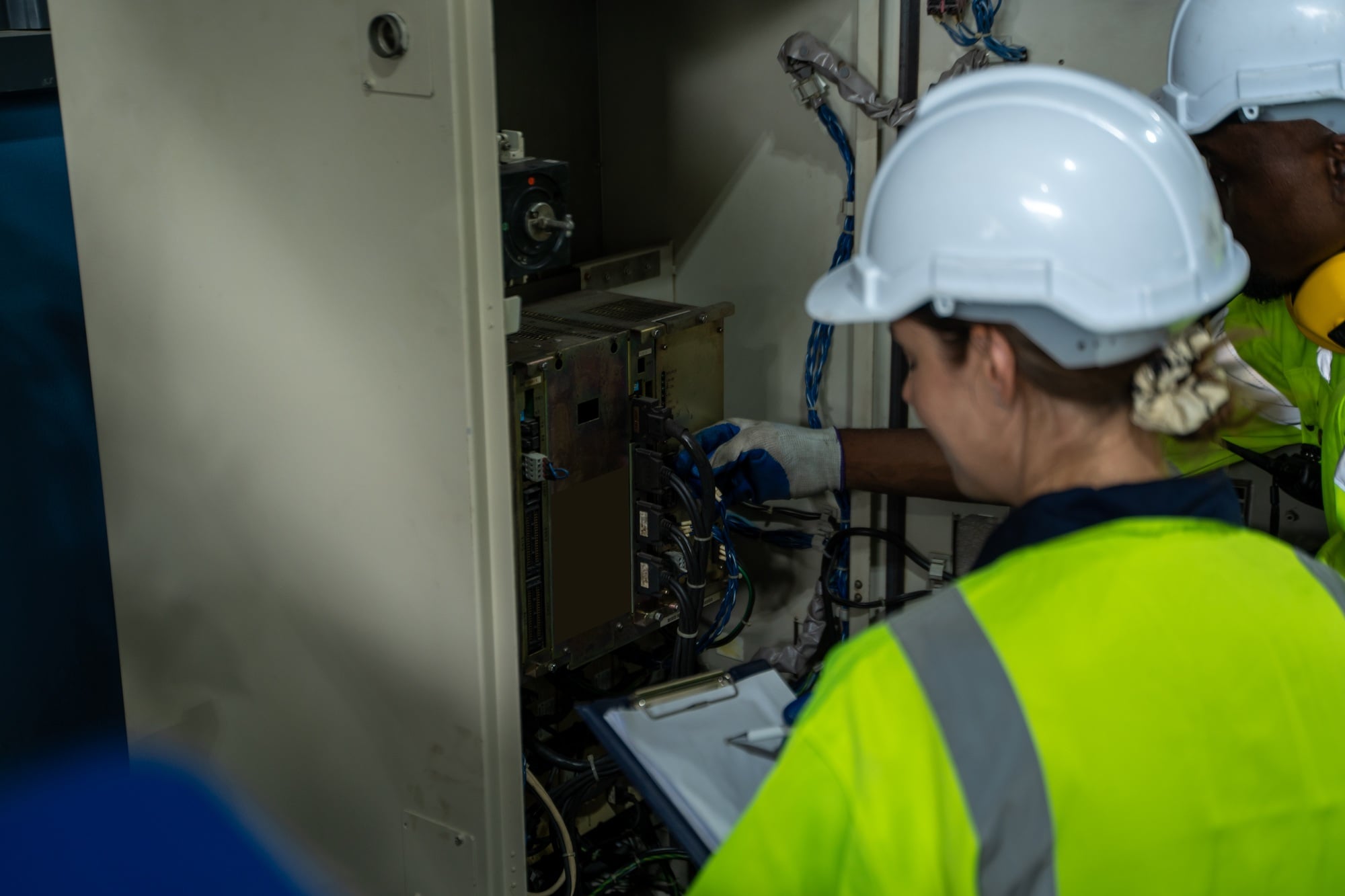
Starting a welding business involves several critical steps that establish a solid foundation. Follow these steps to ensure a successful launch.
- Obtain necessary certifications. Acquire welding certifications to validate your skills. Certifications such as AWS (American Welding Society) or ASME (American Society of Mechanical Engineers) improve credibility.
- Develop a business plan. Create a detailed business plan outlining services, target market, pricing structure, and financial projections. A thorough plan guides operations and attracts potential investors.
- Set up a workspace. Designate a suitable workspace for welding activities. Ensure adequate ventilation and safety measures. Invest in essential equipment like welding machines, safety gear, and hand tools.
- Register your business. Choose a business name and register it with local authorities. Obtain necessary licenses and permits specific to welding operations, such as safety and environmental compliance certifications.
- Establish a marketing strategy. Promote your welding services through online and offline channels. Use social media platforms, a professional website, and local business directories to increase visibility.
- Network within the industry. Connect with other professionals in the welding industry. Attend trade shows and join local business groups to establish partnerships and gain referrals.
- Manage finances effectively. Set up a reliable accounting system to track expenses and revenues. Monitor cash flow and seek financial advice if necessary to maintain financial health.
- Deliver exceptional service. Focus on quality and customer satisfaction. Referrals from satisfied customers serve as a strong marketing tool for your small business.
By following these steps, you create a pathway to successfully start your welding business.
Step 1: Research The Welding Industry
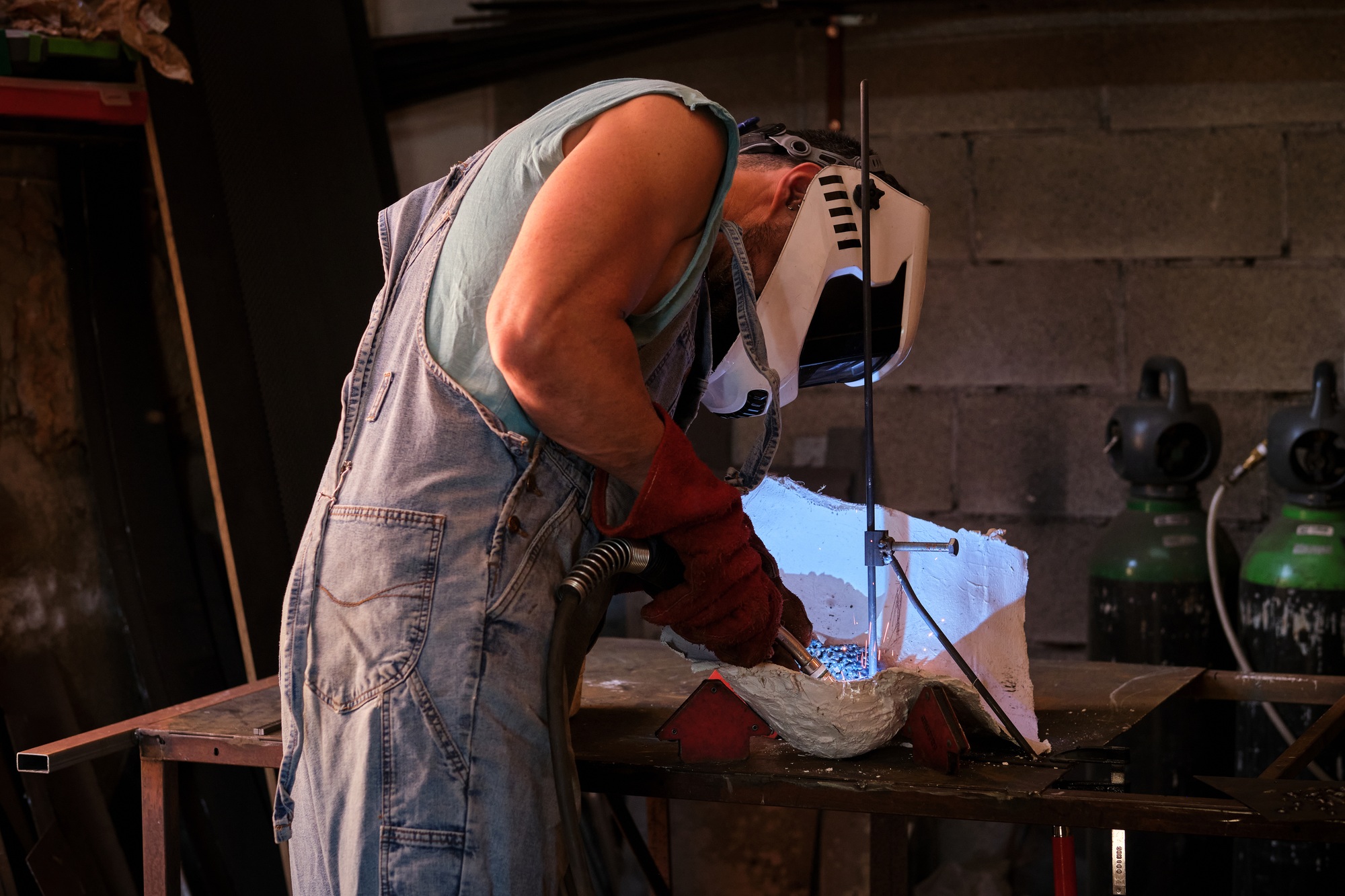
Researching the welding industry provides essential insights into current trends and market opportunities. Understanding key components can lead to a successful small business.
Understand The Market Demand
Conduct market research to identify the demand for specific welding services in your area. Analyze local industries that may require welding, such as construction, manufacturing, or automotive. Focus on four main aspects:
- Industry Trends: Identify trends in welding technologies, such as automation and eco-friendly practices. Remaining aware of these trends enhances competitiveness.
- Customer Needs: Determine what services potential customers require most frequently. Tailoring services to meet these needs increases appeal.
- Pricing Strategies: Research price ranges for various welding services in your locality. Understanding pricing helps in setting competitive rates.
- Service Gaps: Identify any gaps in available services. If competitors overlook specific niches, aim to fill those gaps by offering specialized services.
Identify Your Niche
Identifying your niche within the welding industry strengthens your business’s market position. Consider the following factors:
- Specialization: Determine if you want to specialize in a particular welding technique, such as MIG, TIG, or stick welding. Specialities can attract specific clients seeking expertise.
- Target Market: Define your target market. For example, focus on residential projects, commercial contracts, or industrial applications.
- Equipment Needs: Assess the equipment necessary for your niche. Investing in appropriate tools and technology ensures quality service delivery.
- Unique Selling Proposition: Develop a unique selling proposition (USP) that sets your business apart from competitors. Highlighting specialization or exceptional service increases customer interest.
Thorough research into the welding industry sets the foundation for launching a profitable small business.
Step 2: Create A Business Plan

Creating a comprehensive business plan establishes a strong foundation for your small business. Focus on clear objectives, startup costs, and marketing strategies to ensure long-term success.
Outline Your Business Goals
Define clear business objectives. Outline what sets your business apart, identify your target market, and establish specific, measurable, achievable, relevant, and time-bound (SMART) goals. This includes determining revenue goals, unique selling propositions, and distinguishing features that differentiate your business from competitors. Formulate an executive summary that clearly articulates your mission and target markets to align your efforts with community needs and opportunities.
Calculate Startup Costs
Assess your startup costs meticulously. Equipment costs include investments in welding equipment such as MIG, TIG, Stick welders, plasma cutters, and welding torches. Consider additional expenses like insurance, workspace setup, safety gear, and operating costs. Create a detailed budget that outlines all necessary resources to launch your small business effectively.
Develop A Marketing Strategy
Craft a solid marketing strategy. Identify effective channels to reach your target market and promote your services. Utilize online platforms, social media, and local advertising to build your presence. Networking within the industry can enhance referrals and help overall visibility for your business. Focus on promoting your unique selling propositions to capture and engage potential customers.
Step 3: Legal Considerations
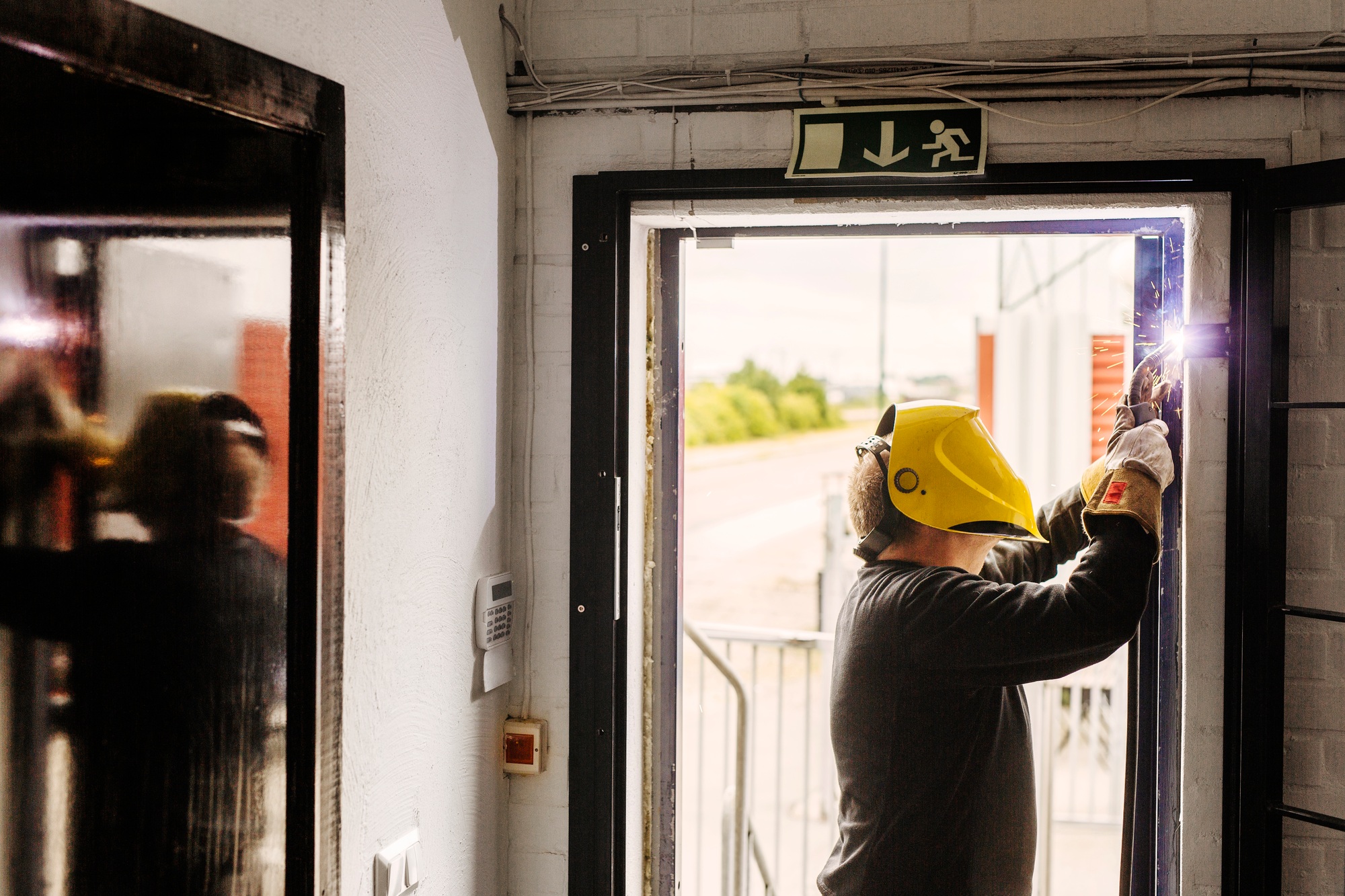
Starting a welding business requires attention to legal considerations essential for compliance and protection.
Choose A Business Structure
Selecting an appropriate business structure is crucial. Options include:
- Sole Proprietorship: Simple setup with no personal liability protection.
- Partnership: Involves multiple owners but also lacks personal liability protection.
- LLC (Limited Liability Company): Offers personal liability protection and avoids double taxation; popular among new entrepreneurs in welding.
- Corporation: Provides strong liability protection but involves complex setup and potential double taxation.
Obtain Necessary Permits And Licenses
Acquiring the right permits and licenses ensures legal operation. Check local regulations for requirements specific to welding businesses. Common licenses include general business licenses and industry-specific certifications. Prioritize the following:
- Local Business License: Must be obtained to operate legally in your area.
- Special Permits: Verify if special permits are necessary for equipment or specific welding processes.
Understand Insurance Requirements
Understanding insurance requirements protects your business from unforeseen risks. Essential types of insurance include:
- General Liability Insurance: Covers third-party claims for injuries or damages to property.
- Workers’ Compensation Insurance: Necessary if employing workers, covering workplace injuries.
- Equipment Insurance: Protects your tools and equipment against theft or damage.
Taking these legal steps establishes a solid foundation for your small business in the welding industry.
Step 4: Set Up Your Workspace

Establishing a proper workspace is critical when starting a welding business. This setup not only enhances productivity but also ensures safety and compliance with regulations.
Find A Suitable Location
Select your welding business location carefully. Consider zoning and compliance to ensure it’s designated for manufacturing or industrial activities. Evaluate accessibility to facilitate easy access for customers and suppliers, especially for mobile welding services. Verify utility availability; essential services like water, gas, and electricity are necessary for effective operation. Assess the cost of rent or purchase, factoring in additional operational expenses aligned with the chosen site.
Acquire Essential Equipment
Procure essential welding equipment suited to your services. Include welding machines such as MIG, TIG, or stick welders, depending on your specialization. Obtain protective gear like helmets, gloves, and aprons to ensure safety during operations. Invest in additional tools like grinders, cutters, and clamps to enhance efficiency and versatility. Secure adequate storage solutions for materials and tools, maintaining an organized workspace that boosts productivity.
Materials Needed

Starting a welding business requires specific materials and equipment to ensure efficient operations and safety. Below are crucial components for your welding setup.
List Of Welding Equipment
- Welding machines: Acquire TIG, MIG, or a TIG/stick combination unit. Choose machines with sufficient power and a long duty cycle to handle various tasks efficiently.
- Plasma cutters: Invest in high-quality plasma cutters for precise metal cutting. They offer cleaner cuts compared to traditional methods.
- Air cutters: Include air cutters for additional metal cutting capabilities, especially in thicker materials.
- Angle grinders: Utilize angle grinders for both cutting and preparing metal surfaces before welding.
- Welding pliers, clamps, and magnets: Stock up on essential tools that assist in handling metal components securely and accurately during welding processes.
- Fume extractors and respirators: Ensure a safe working environment by using fume extractors and respirators to manage harmful welding fumes and maintain air quality.
- A vehicle: Consider acquiring a vehicle for mobile welding services, enhancing accessibility to clients and projects.
Safety Gear Requirements
- Welding helmets: Invest in high-quality helmets featuring auto-darkening lenses to protect your eyes and face from bright arcs and sparks.
- Protective clothing: Wear flame-resistant jackets, aprons, and pants designed to withstand high temperatures and sparks during welding.
- Gloves: Choose leather or heat-resistant gloves that provide dexterity and protection while handling hot materials.
- Steel-toed boots: Use steel-toed boots to protect your feet from heavy equipment and materials, ensuring safety on the job.
- Safety glasses: Always wear safety glasses under the welding helmet to provide additional eye protection against debris.
By sourcing the right materials and equipment, you lay a strong foundation for your small business, enhancing both operational efficiency and safety standards.
Step 5: Pricing Your Services

Pricing your services accurately contributes significantly to your welding business’s profitability and sustainability. Understanding competitor pricing and establishing a robust pricing strategy forms the foundation for successful pricing.
Analyze Competitor Pricing
Conduct a thorough analysis of competitor pricing structures. Research welding businesses in your area to understand the services they offer and their pricing models, such as flat rates and hourly rates. Assess customer reviews to gauge their pricing competitiveness and customer satisfaction. For instance, you might find that local businesses charge $75 to $150 per hour for welding services. This information helps you position your services effectively within the market.
Establish Your Pricing Strategy
Implement a pricing strategy that reflects your operational costs and market demands.
Material Markup
Add a fair markup on materials. Common markups include 15% for individual clients and 20% for larger businesses to account for expenses such as taxes, delivery, and procurement time. This markup ensures you remain profitable while delivering quality service.
Service Fees and Hourly Rates
Determine whether to charge a flat service fee or an hourly rate. Flat service fees, such as $250 per job, effectively cover overhead costs like fuel and equipment maintenance. Additionally, hourly rates provide flexibility for varying project demands. Striking the right balance between these options strengthens your pricing strategy while ensuring competitiveness in the welding market.
Step 6: Marketing Your Welding Business
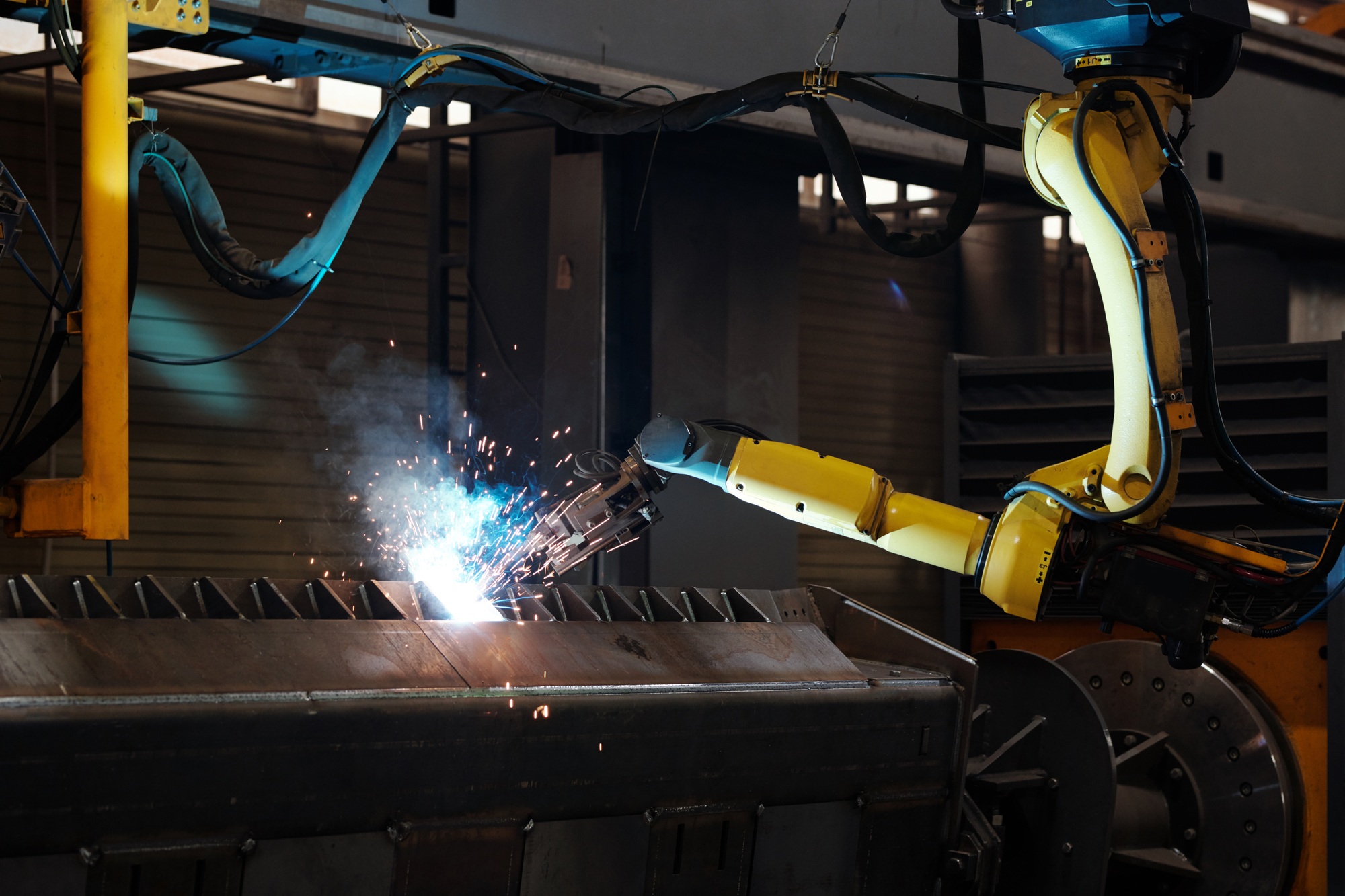
Marketing an effective strategy enhances visibility and attracts clients. Utilize various avenues to promote your services and connect with your target audience.
Build An Online Presence
Develop a professional website that showcases your welding services, portfolio, and contact information. Ensure the website includes search engine optimization techniques to enhance visibility for potential clients seeking welding services. Create social media accounts on platforms like Twitter, Facebook, Instagram, and LinkedIn to actively promote your services. Share high-quality images of completed projects and client testimonials to engage your audience. Maintain a consistent branding and messaging strategy across all platforms to reinforce brand recognition and credibility. Register your business with Google Business Profiles and insert it into local business directories to improve local search visibility. Clients often prefer local options, so this step directly aligns with your goal of attracting more customers.
Network Within The Industry
Attend local trade shows and industry networking events to build relationships with other professionals. Join welding associations and groups that focus on small business support and provide resources for advancement. Engage with other welders, suppliers, and potential clients to expand your professional network. Collaborate with complementary businesses—such as construction companies or automotive shops—to share referrals and increase your service reach. Utilize online forums and groups related to welding to participate in discussions and offer expert insights. Networking increases visibility and establishes valuable connections that can lead to business opportunities.
Tips For Success

Achieving success in your welding business requires strategic actions and attention to key aspects of operation.
Focus On Customer Satisfaction
Deliver exceptional service to enhance customer satisfaction. Build strong relationships with clients by actively listening to their needs and responding promptly. Offer personalized solutions that cater to specific projects, ensuring that customers feel valued. Implement feedback mechanisms to gather insights about your services and make necessary adjustments. Satisfied customers often become repeat clients and can refer others, facilitating growth for your small business.
Stay Updated On Industry Trends
Monitor industry trends continuously to maintain a competitive edge in your welding business. Subscribe to industry publications and follow related online forums to stay informed about technological advancements and emerging techniques. Attend trade shows and workshops to expand your knowledge and network with industry professionals. Adapting to market changes and integrating new trends increases your service offerings and attracts diverse clients, driving long-term success.
Common Issues And Troubleshooting

Managing a welding business involves several challenges. Addressing these common issues can help maintain smooth operations.
Managing Cash Flow
Managing cash flow remains critical for small business sustainability. Monitor income and expenses through regular bookkeeping to understand financial health. Establish a budget that includes fixed and variable costs to control spending effectively. Implement invoicing systems with clear payment terms to encourage timely payments from clients. Consider setting aside a cash reserve that covers at least three months of operating expenses, providing a cushion during lean periods.
Dealing With Equipment Failures
Dealing with equipment failures affects productivity and profitability. Schedule regular maintenance to minimize breakdowns and extend equipment lifespan. Keep spare parts on hand to address minor issues quickly, reducing downtime. Invest in high-quality tools and equipment that are reliable, which helps prevent frequent repairs. Develop relationships with local suppliers to ensure quick access to necessary parts when replacements become necessary.
Conclusion

Starting a welding business can be a rewarding venture if you approach it with the right mindset and preparation. By focusing on essential steps like obtaining certifications and creating a solid business plan, you’ll set a strong foundation for your enterprise.
Remember to prioritize customer satisfaction and maintain a commitment to quality in your services. Networking and marketing effectively will help you reach your target audience and grow your client base.
Stay informed about industry trends and adapt your strategies as needed to keep your business thriving. With dedication and the right approach, you can turn your passion for welding into a successful and sustainable business.
Frequently Asked Questions

What steps are essential to start a welding business?
To start a welding business, develop a solid business plan outlining services, target markets, and financial projections. Obtain the necessary certifications and permits, set up a workspace compliant with safety regulations, and create a marketing strategy to promote your services.
How can I identify a niche within the welding industry?
Research current market trends and analyze local industries to find gaps or high-demand services. Focus on specific techniques or customer segments to define your unique selling proposition (USP) that sets your business apart from competitors.
What equipment do I need to start a welding business?
Essential equipment includes welding machines, plasma cutters, angle grinders, and safety gear like helmets and gloves. Invest in high-quality tools to ensure operational efficiency and a safe work environment.
How can I effectively market my welding services?
Build an online presence with a professional website and social media accounts. Utilize SEO techniques and local advertising, network at industry events, and register with local directories to enhance visibility and attract clients.
What legal considerations should I keep in mind?
Choose an appropriate business structure (e.g., LLC, sole proprietorship) and ensure you obtain all necessary permits and licenses for operation. Understand the insurance requirements to protect your business from potential liabilities.
How can I set the right pricing for my services?
Conduct competitor analysis to understand local market rates. Decide between charging flat fees or hourly rates and implement a fair markup on materials to ensure profitability while remaining competitive.
What is the importance of customer satisfaction in a welding business?
Delivering exceptional service and building strong relationships with clients encourages repeat business and referrals. Actively listen to customer feedback to improve your services and foster loyalty.
How should I manage cash flow in my welding business?
Monitor income and expenses carefully, establish a budget, and implement invoicing systems to ensure timely payments. Regularly review your financial statements to adjust your strategy and avoid cash flow issues.
What should I do if I encounter equipment failures?
Establish a routine maintenance schedule to keep equipment in working order. Keep spare parts on hand to minimize downtime and ensure consistent productivity, allowing you to meet client demands without delays.
How can I stay updated on welding industry trends?
Subscribe to industry publications, attend workshops, and network with professionals. Staying informed about the latest trends will help you adapt your business strategies and attract a diverse range of clients.
Image Via Envato


